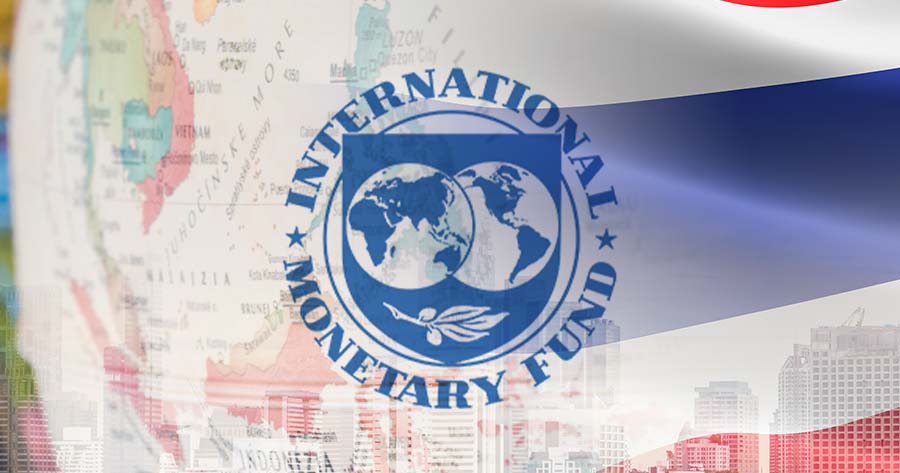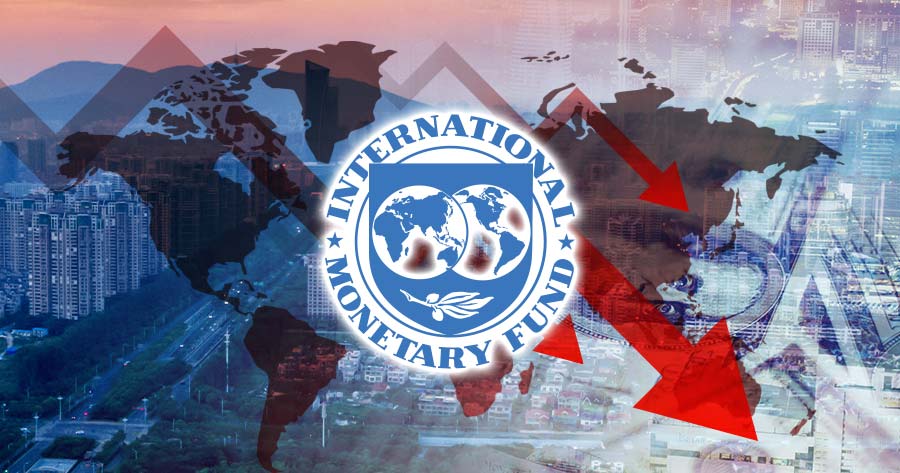
IMF Cuts Global Growth 2018-19 Forecast to 3.7% as Trade Tensions Rise
As trade tensions grow between the U.S. and trading partners, and World Economic Outlook had published the biannual report, IMF has cut the global growth forecast from 3.9% to 3.7%
The International Monetary Fund (IMF) has revaluated the global growth forecast, giving 3.7% growth for 2018 and 2019 instead of 3.9% in the earlier forecast as trade tensions between the U.S. and trading partners are rising and starting to hit the world economy.
The revaluation comes after the latest World Economic Outlook (WEO) report -published twice a year in April and October- released on Tuesday. WEO forecasts include key macroeconomic indicators, such as GDP, inflation, current account and fiscal balance of more than 180 countries around the globe. It also deals with major economic policy issues.
Maurice Obstfeld, IMF chief economist, said that there are two major regional trade arrangements are in flux — NAFTA (where a new trilateral agreement awaits legislative approval) and the European Union (with the latter negotiating the terms of Brexit). U.S. tariffs on China, and more broadly on auto and auto part imports, may disrupt established supply chains, especially if met by retaliation.
Asian markets also took a hit from trade dispute between the U.S. and China that caused Chinese central bank to cut its reserve requirement by 100 basis points on October 7, 2018. Evidently, the cut also created a havoc to Asian markets. Thailand’s SET plunged 24.30 points or 1.41% to close at 1,696.22 points with 59.6 billion baht in value on Monday, October 8, 2018.
“The impacts of trade policy and uncertainty are becoming evident at the macroeconomic level, while anecdotal evidence accumulates on the resulting harm to companies. Trade policy reflects politics, and politics remain unsettled in several countries, posing further risks,” Maurice added.
IMF also cuts its forecasts for global trade volume: The total good and services flow is expected to grow by 4.2% this year and 4% next year, down 0.6 and 0.5 percentage points, respectively, from earlier estimates.
Maurice Obstfeld also shared his perspective on the emerging markets. He said that the negative revisions for emerging market and developing economies are more severe. He said “Broadly speaking … we see signs of lower investment and manufacturing, coupled with weaker trade growth.”
As the Fed had hiked its interest rates, the pressure is also increased on the emerging market economies by fueling an outflow of capital as investors seek higher returns, while increasing borrowing costs at the same time. Countries such as Argentina and Turkey have been among the most troubled, with their currencies crashing to all-time lows against dollars amid questions over their governments’ economic management.



